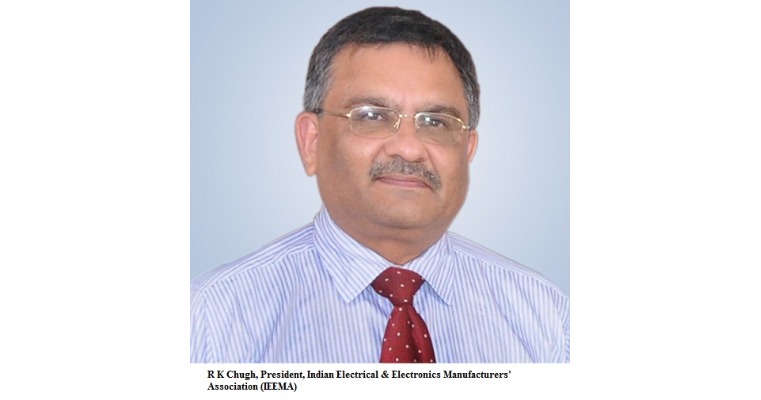Schedule a Call Back
IEEMA aims for $ 25 bn electrical & electronics exports by 2024-25: R K Chugh
 Interviews
Interviews- Sep 07,20

Related Stories

TARIL Secures Rs 533.3 Mn PGCIL Contract for 397 MVA HVDC Converter Transformer
TARIL secures a Rs 533.3 million PGCIL order for a 397 MVA HVDC converter transformer, marking a major milestone in India’s advanced transmission technology segment.
Read more
India’s demand for high-precision machine tools is rising: K Balasubramaniam
In this interaction with Rakesh Rao, K Balasubramaniam, Founder, Tsugami Precision India, discusses the evolving machine tools landscape and the company’s role in shaping India’s manufacturing t..
Read more
Power Minister Highlights AI/ML's Transformative Role in Distribution Sector
Artificial Intelligence and Machine Learning based applications will play a pivotal role in building intelligent, consumer-centric, self-optimising distribution networks.
Read moreRelated Products

Integrated Electric Gripper S Series
IBK Engineers Pvt Ltd offers a wide range of integrated electric gripper S series.

Geared Electric Motors
Delco Fans Pvt Ltd offers single phase capacitor run and three
phase geared Instrument motors, totally enclosed face/foot mounted.

“Kusam-Keco” Partial Discharge Acoustic Imager - Model - Km-pdai
‘Kusam-Meco’ has introduced a new “Partial Discharge Acoustic Imager Model KM-PDAI.















